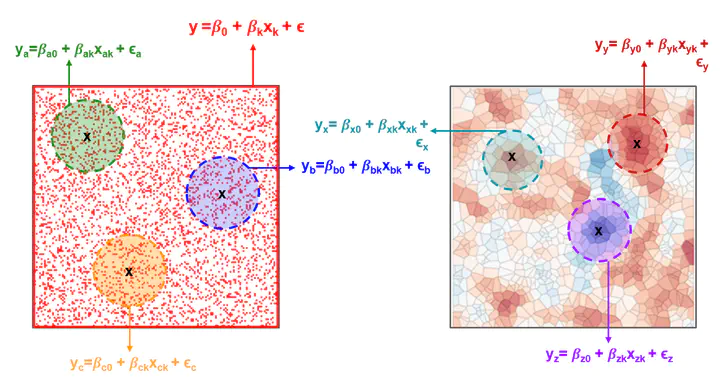Why Scale Matters: Simpson’s Paradox, MAUP and Local Modeling

Abstract
(This presentation was awarded the 1st place in student research lightning talks.) Simpson’s paradox is well-known in aspatial data analysis but there is very limited awareness of its possible existence in spatial analysis. The paradox is encountered in spatial analysis when the relationship between two variables is inferred to be positive at one spatial scale and negative at another (or vice-versa). Consistent with aspatial examples of the paradox, both these inferences could be true which poses a substantial challenge to interpreting the results of analytical methods applied to spatial data. This is a scale issue since the paradox occurs when there is a reversal of conclusions reached when the same data are aggregated in different ways and can be considered an extreme case of the well-known MAUP. Local models provide a new perspective on processes which can be extremely informative but it also provides us with a new problem (or at least a new bottle to contain an old problem): Should we believe the results of the local model or the results of the global model? Is there a way to summarize the inferences made from local parameter estimates over a continuum of spatial scales as is done for example with a correlogram? From this can we identify critical changes in process scale?